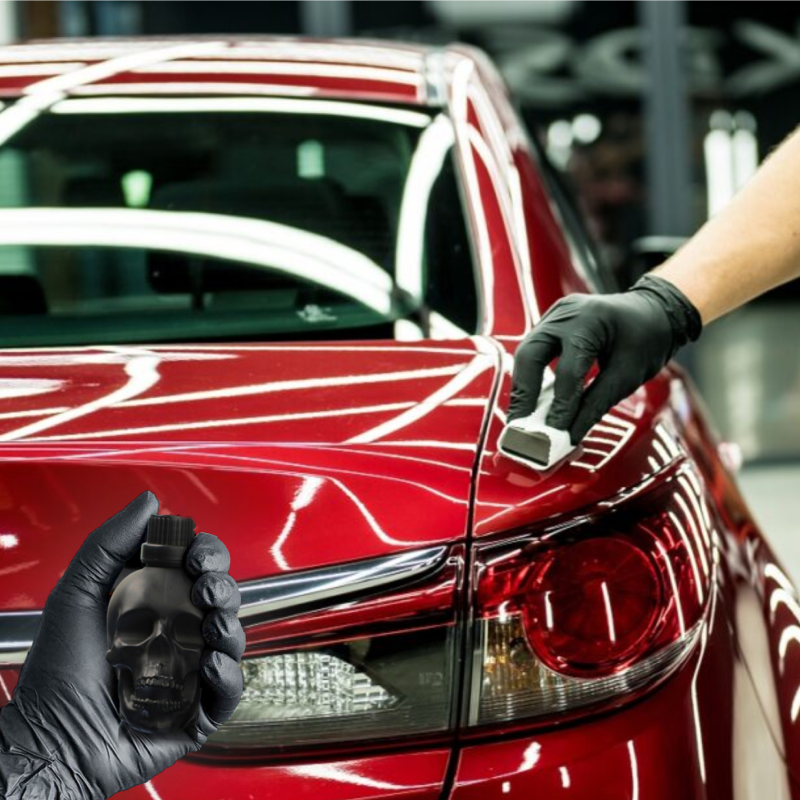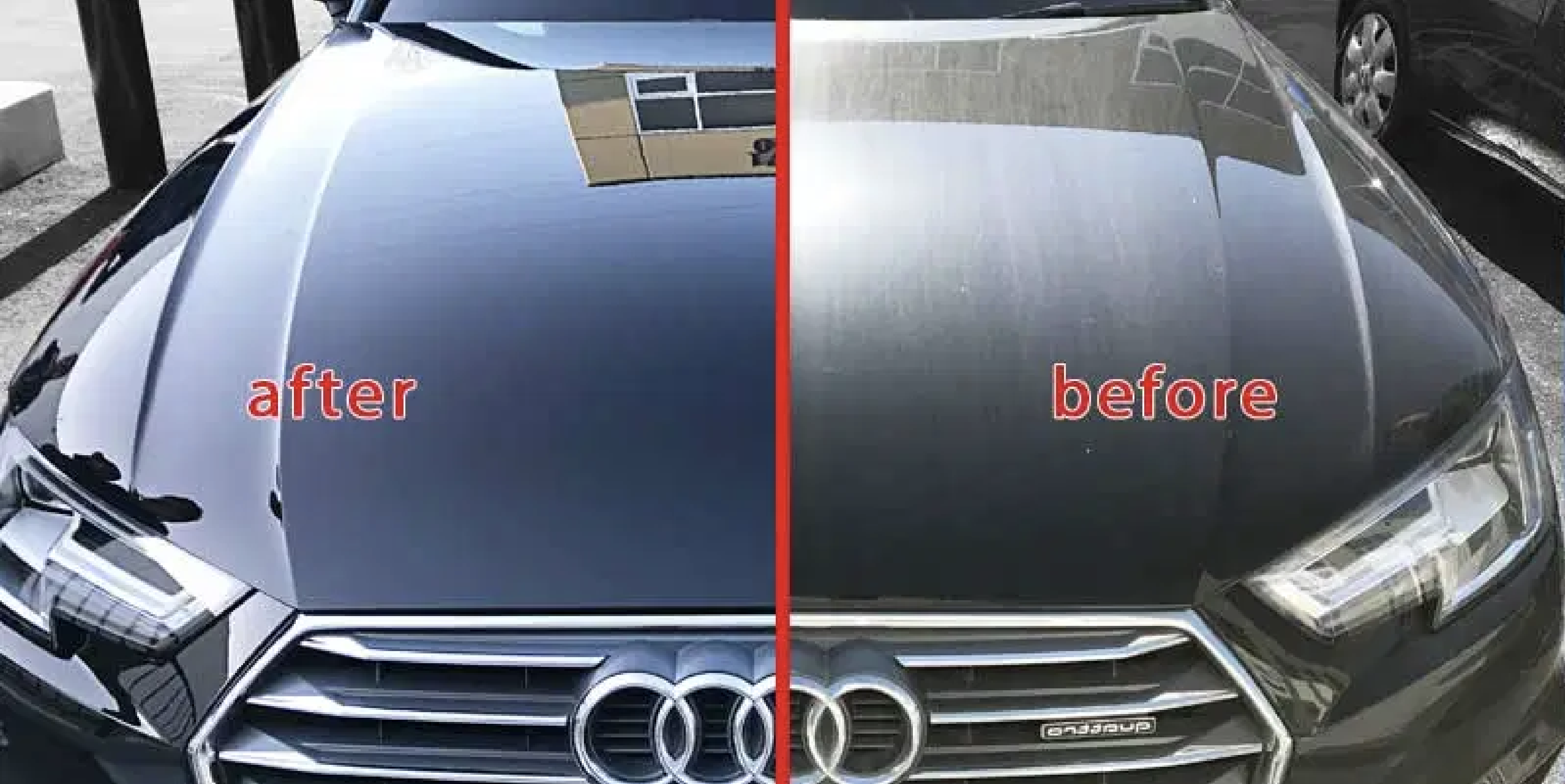A Comprehensive Guide to the Kinds Of Ceramic Layer on the Market
Ceramic layers have become an essential solution throughout various industries as a result of their unique residential or commercial properties and applications. From silica-based solutions known for their toughness to crossbreed choices that combine multiple advantages, the options offered can be frustrating. Understanding the nuances of each type, including their particular advantages and optimal use cases, is necessary for making educated choices. As we check out the unique qualities and applications of these coatings, the effects for performance and long life end up being significantly noticeable, questioning about which kind might finest suit your needs.
Recognizing Ceramic Coatings
Ceramic coverings are innovative protective services that have actually gotten appeal in different industries, specifically in auto and aerospace applications. These coatings include a liquid polymer that, when healed, forms a resilient, hydrophobic layer externally of the substrate. This layer offers improved resistance to ecological pollutants, UV radiation, and chemical direct exposure, consequently prolonging the life and aesthetic allure of the underlying product.
The essential element of ceramic coverings is silica, which contributes to their firmness and toughness. The application procedure generally includes surface area prep work, application of the finish, and curing, which can be accomplished via warm or UV light. As soon as treated, ceramic coverings display phenomenal bonding homes, allowing them to adhere strongly to a variety of surfaces, consisting of metals, plastics, and glass.
In addition to their protective functions, ceramic coatings also supply ease of upkeep. Their hydrophobic nature lowers the adherence of dust and gunk, making cleaning simpler and much less regular. On the whole, the adoption of ceramic finishes stands for a considerable advancement in surface defense modern technology, offering both useful and aesthetic advantages throughout several industries.
Kinds of Ceramic Coatings
Different sorts of ceramic finishes are readily available, each created to meet certain performance requirements and applications - Car Detailing. The most typical kinds consist of:
Silica-based Coatings: These coverings mostly contain silicon dioxide and are recognized for their toughness and chemical resistance. They are commonly utilized in vehicle and commercial applications.
Titanium Dioxide Coatings: Renowned for their photocatalytic residential or commercial properties, titanium dioxide finishings are commonly used in atmospheres where self-cleaning and antifungal residential properties are desirable, such as in structure products and auto coatings.
Zirconia Coatings: Characterized by their high-temperature security and thermal resistance, zirconia layers are made use of in applications such as wind turbine engines and high-performance vehicle components.
Alumina Coatings: Exhibiting excellent hardness and thermal security, alumina finishings are regularly used in wear-resistant applications, consisting of cutting devices and industrial machinery. - ceramic coating sarasota
Hybrid Coatings: Incorporating the buildings of various materials, crossbreed finishes provide boosted performance attributes, making them suitable for distinct and requiring applications.
Each sort of ceramic coating serves distinctive objectives, permitting customers to choose one of the most ideal service based upon certain ecological conditions and performance requirements.
Advantages of Ceramic Coatings
Ceramic finishings, in certain, offer countless advantages that make them significantly preferred amongst producers and consumers alike. These finishings are resistant to scrapes, chemicals, and UV rays, making certain that the underlying surface area stays protected over time.
Along with sturdiness, ceramic layers give excellent hydrophobic residential properties, permitting simple cleansing and maintenance. This water-repellent nature minimizes the adherence of dirt, gunk, and various other pollutants, which can lengthen the aesthetic charm and capability of the surface area. In addition, ceramic finishings can significantly enhance thermal resistance, making them perfect for applications that sustain high temperature levels.

Application Refine
When using ceramic finishes, a meticulous approach is necessary to accomplish ideal outcomes. A clean surface area guarantees correct adhesion of the finish.
When the surface is prepped, the next step is to use the ceramic covering. This can be done utilizing an applicator pad or a microfiber towel, making certain even insurance coverage. It is critical to operate in small sections to keep control and stop early healing. The covering needs to be used in slim layers, as thicker applications can result in uneven finishes.
After application, the finishing needs a specific healing time, commonly varying from a couple of hours to a complete day, depending on the more item. During this moment, it see this site is important to prevent direct exposure to wetness or impurities. A mild buffing might be required after healing to boost the gloss and eliminate any kind of high areas. Following these actions diligently will optimize the performance and durability of the ceramic finishing, giving a long lasting protective layer for the surface.
Maintenance and Long Life
To make certain the long life and efficiency of a ceramic layer, normal maintenance is crucial. Ceramic coverings, recognized for their toughness and safety qualities, need details treatment regimens to maximize their life expectancy and efficiency.
Along with normal washing, routine examinations are important. Look for indicators of wear or damage, such as hydrophobic buildings reducing or surface area imperfections. If needed, a light gloss might be related to rejuvenate the covering without stripping it away.
Additionally, the application of a booster spray can enhance the coating's hydrophobic impacts and restore its gloss. This is specifically valuable for coverings that have remained in usage for an extended period. Eventually, by sticking to these upkeep practices, one can substantially extend the life of a ceramic coating, making sure that it proceeds to supply ideal defense against ecological aspects and preserve the visual allure of the vehicle.
Conclusion
